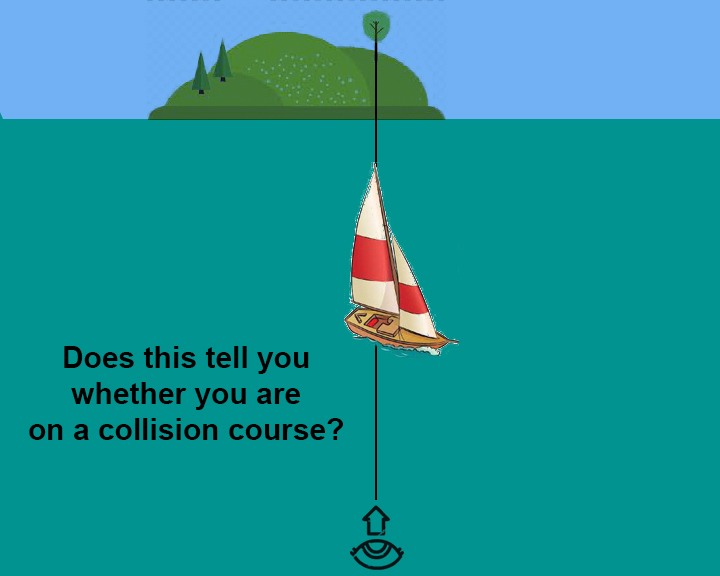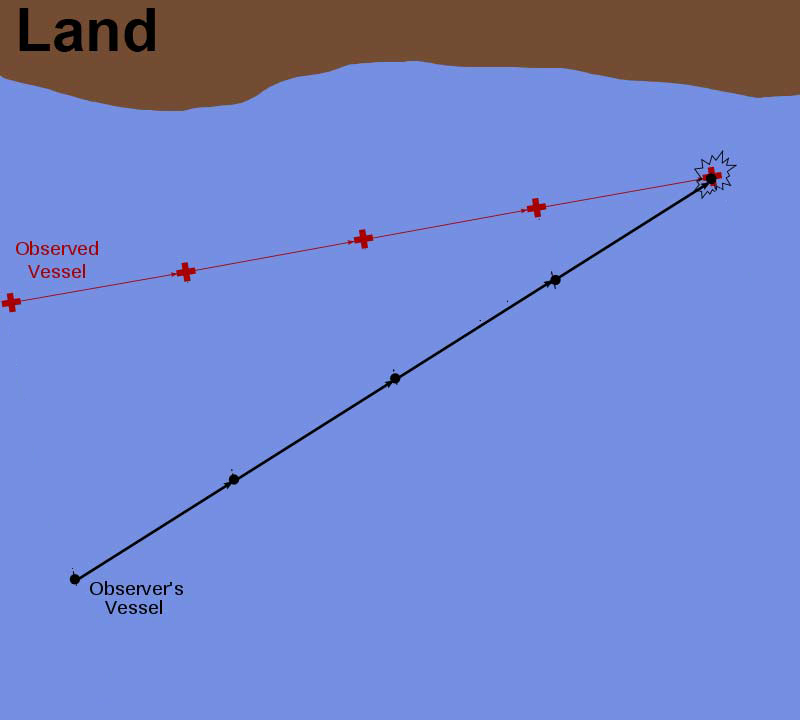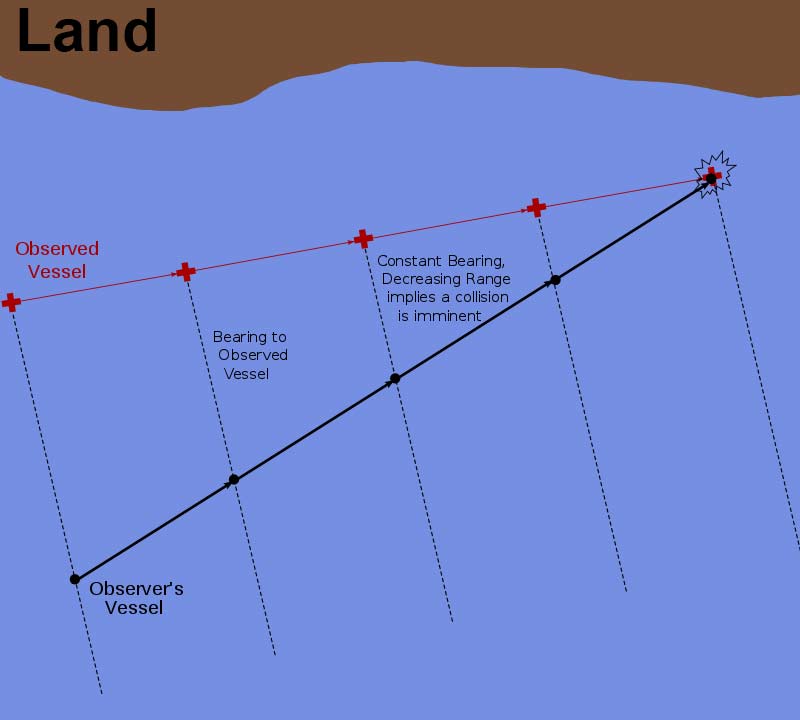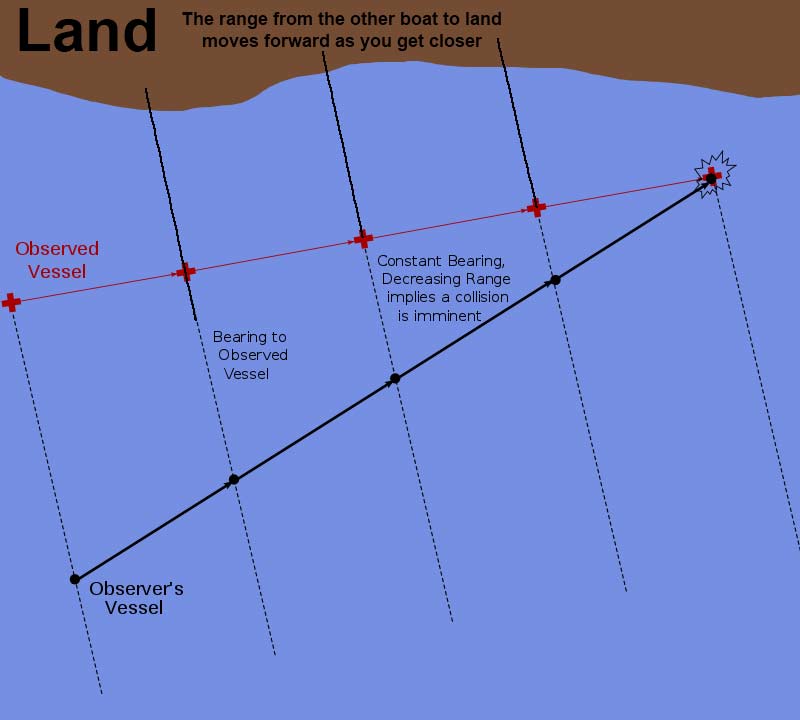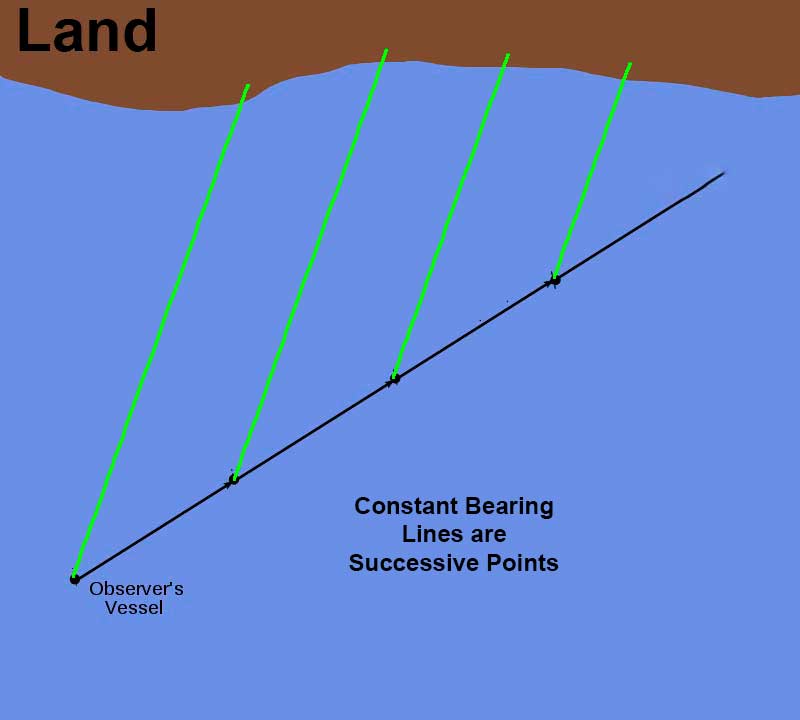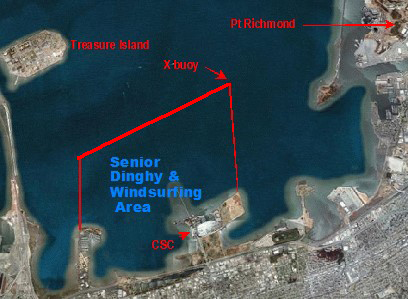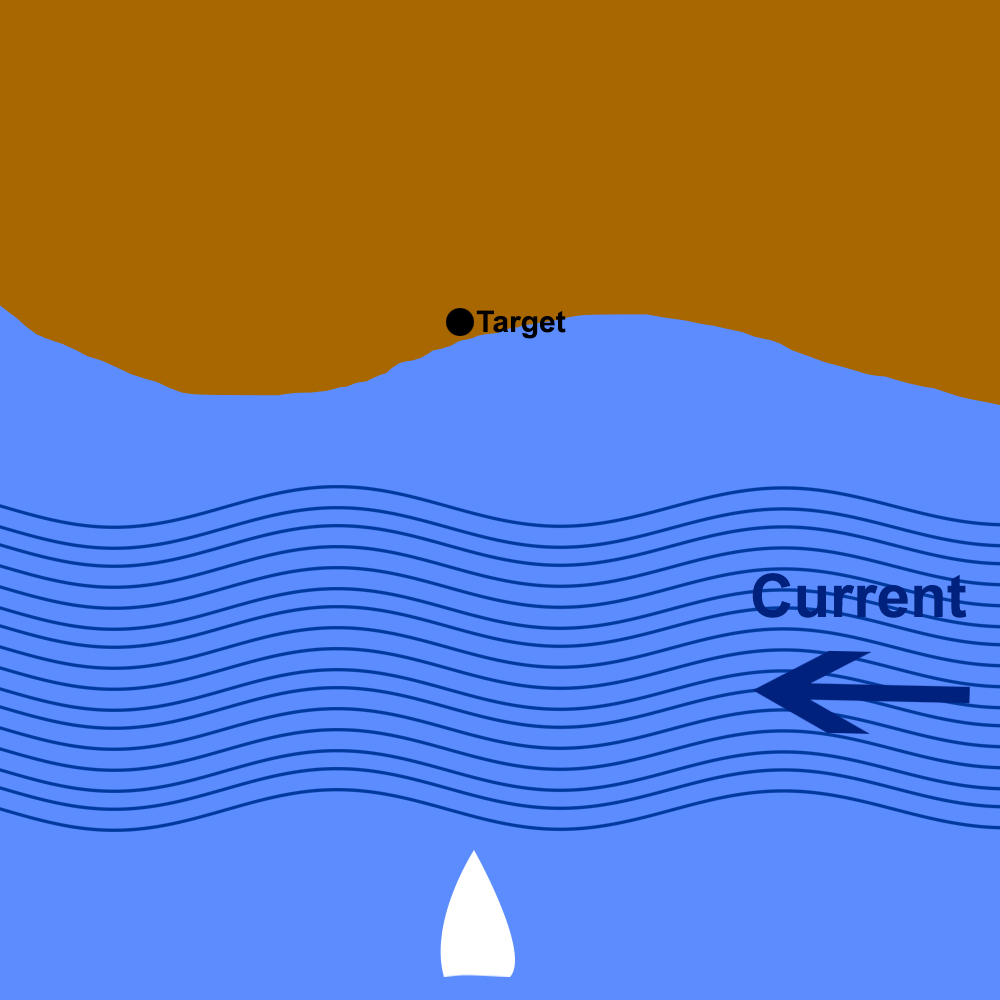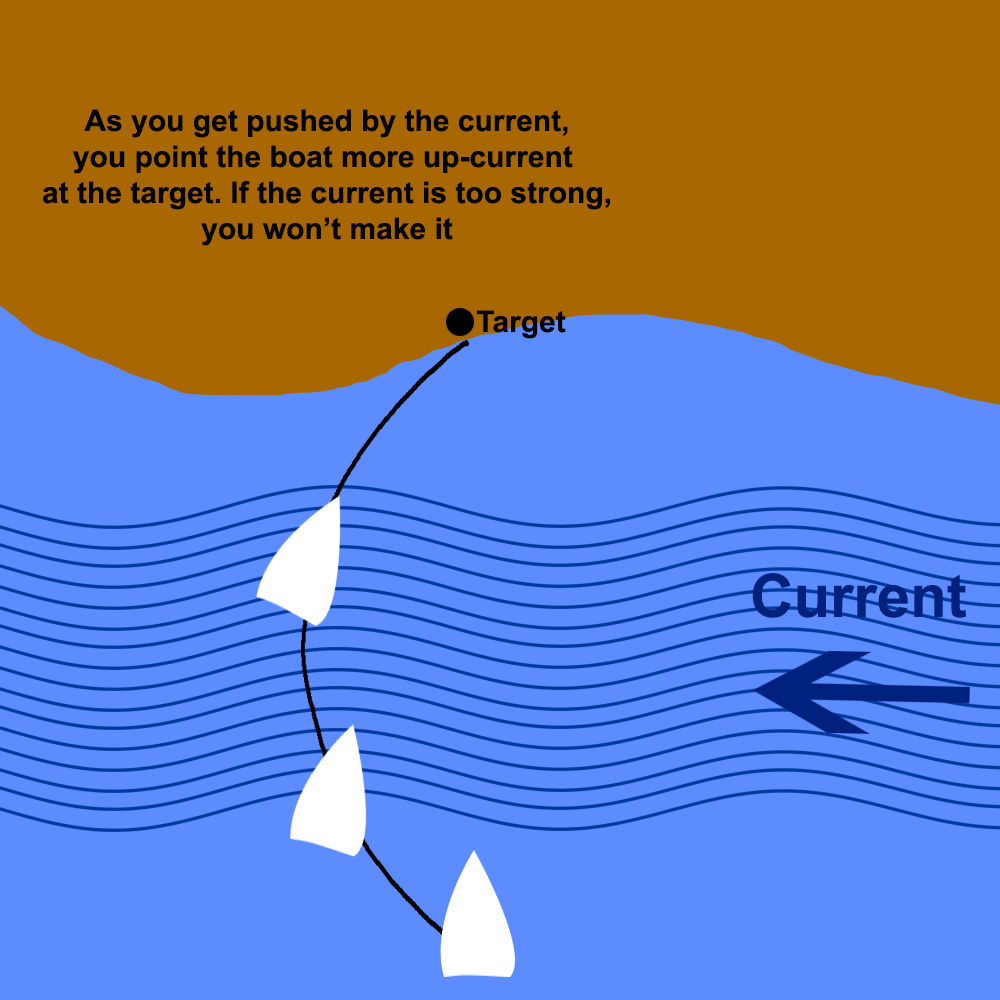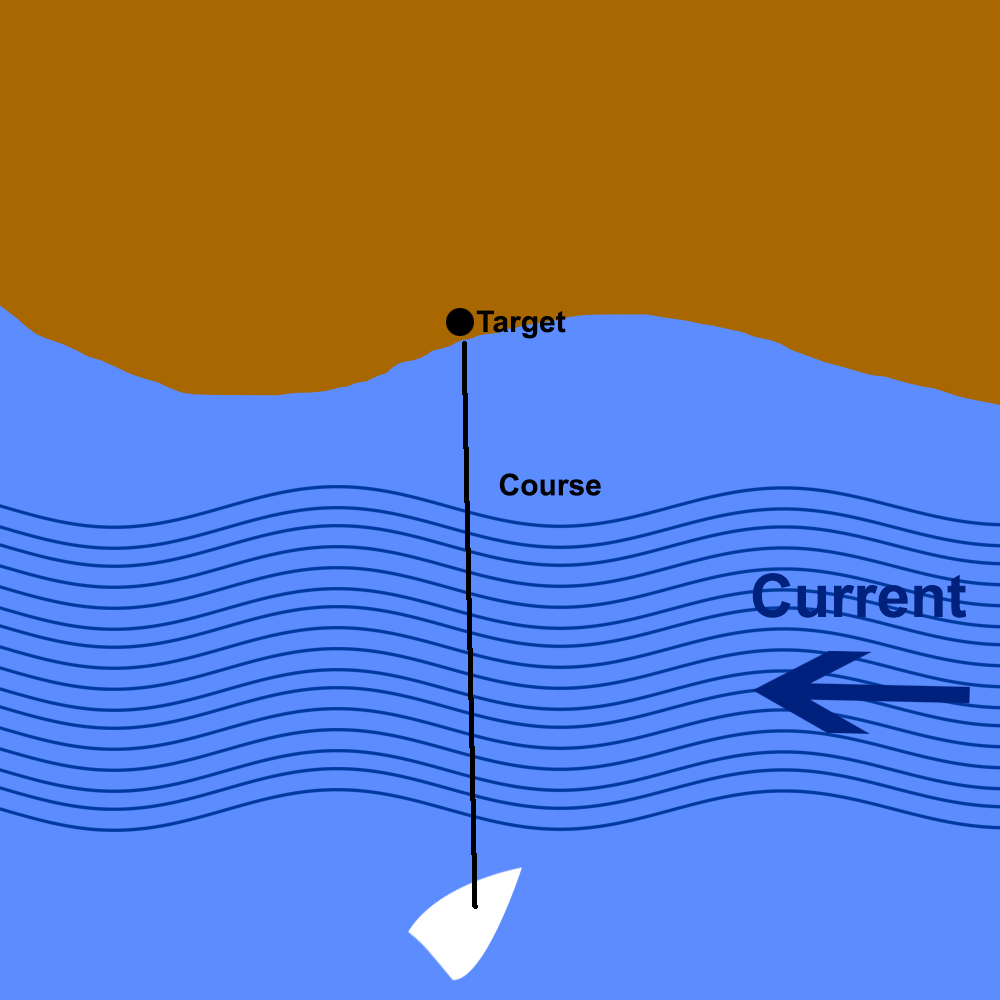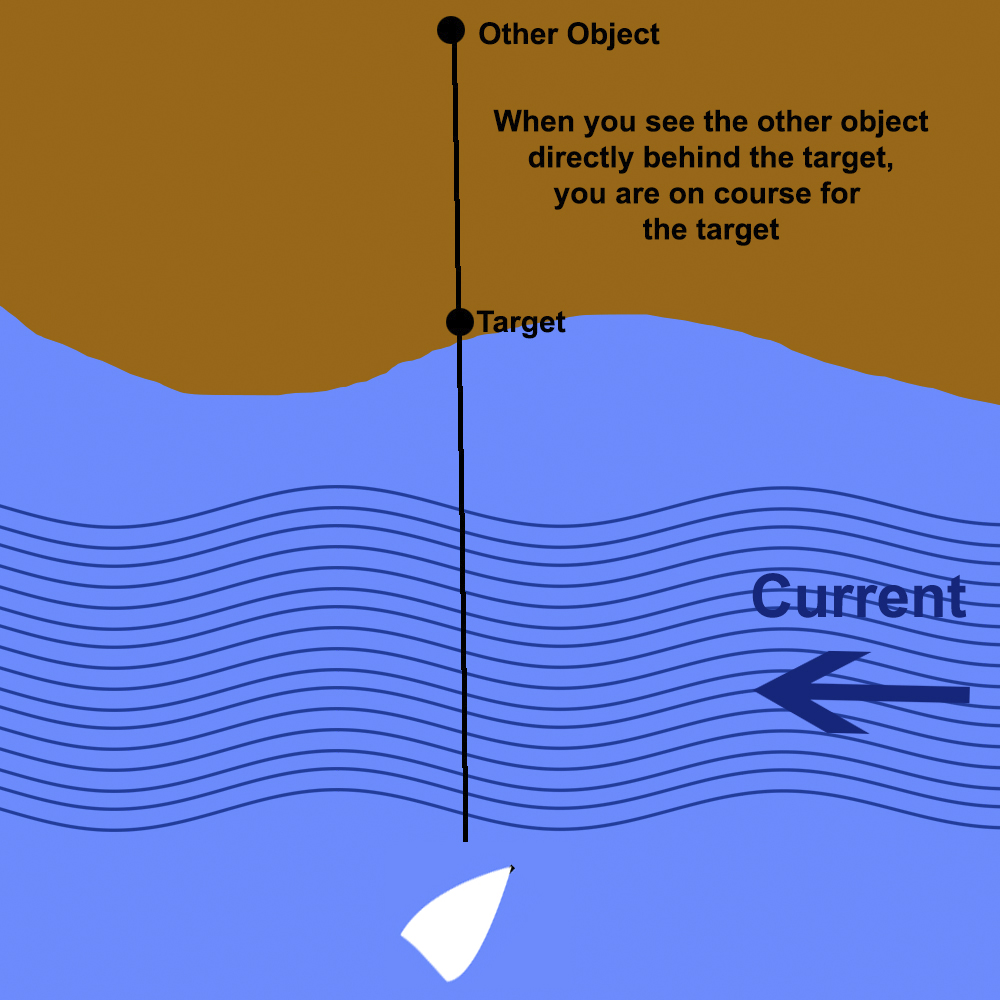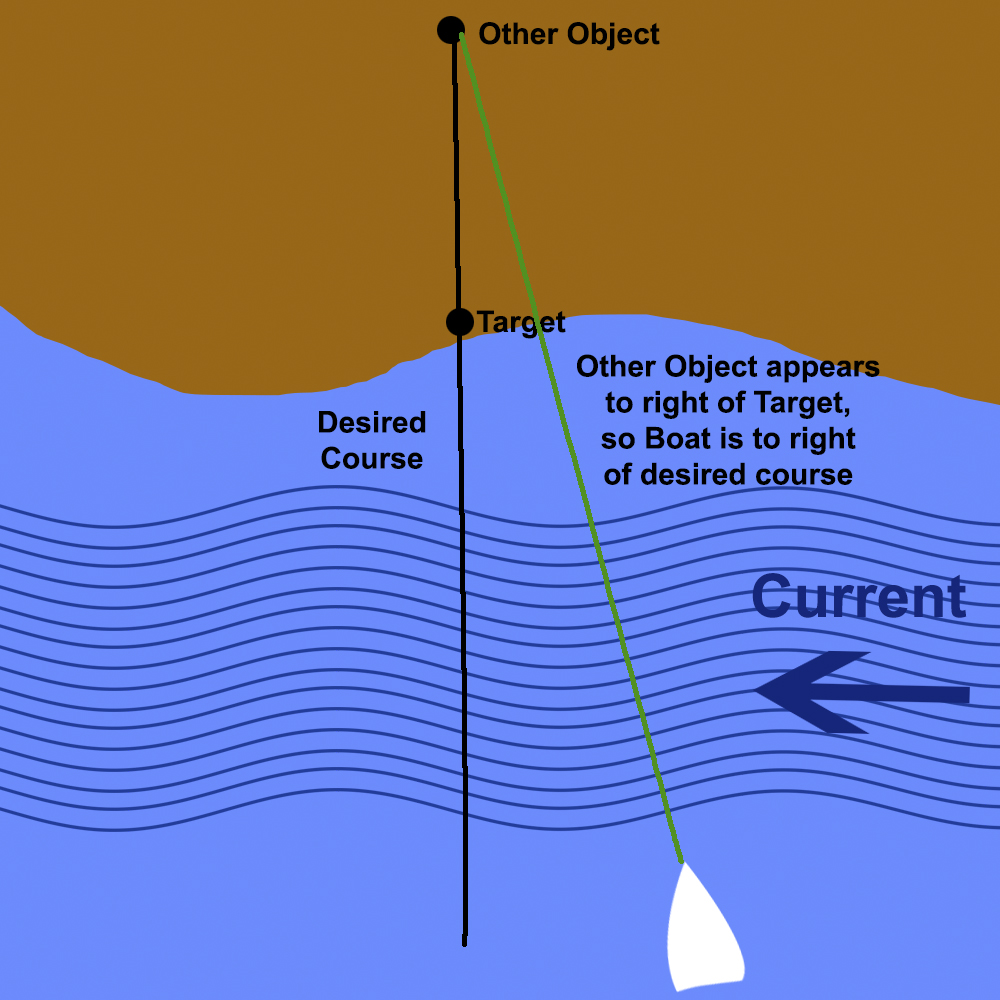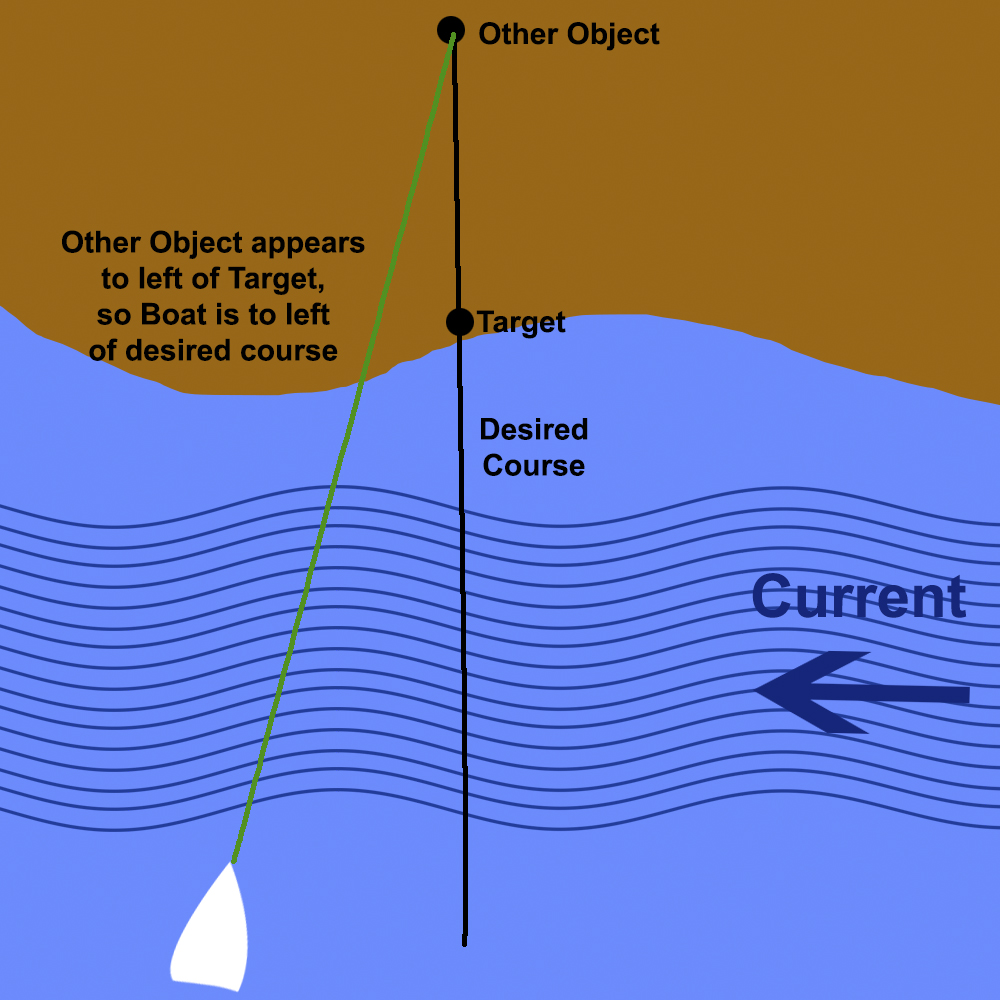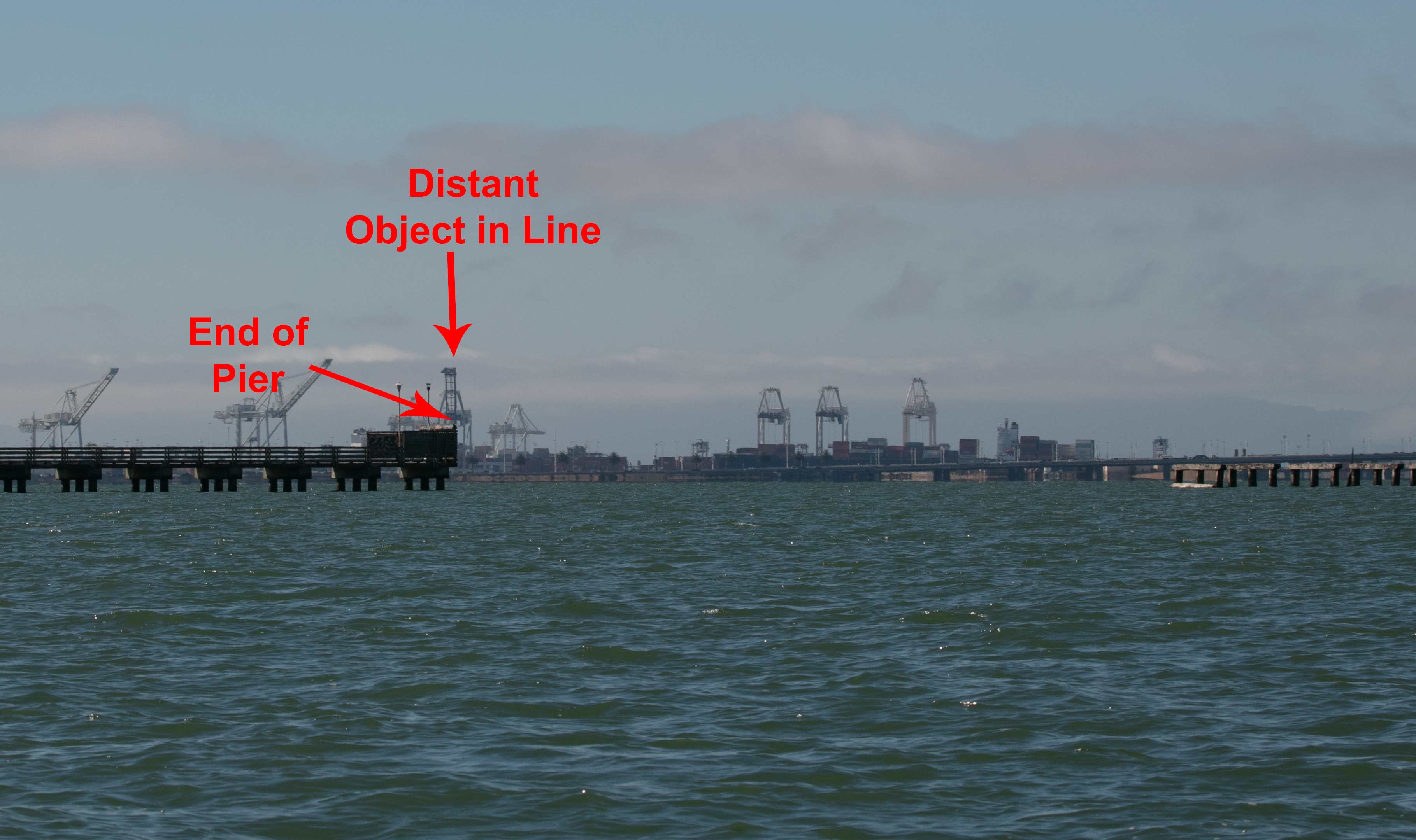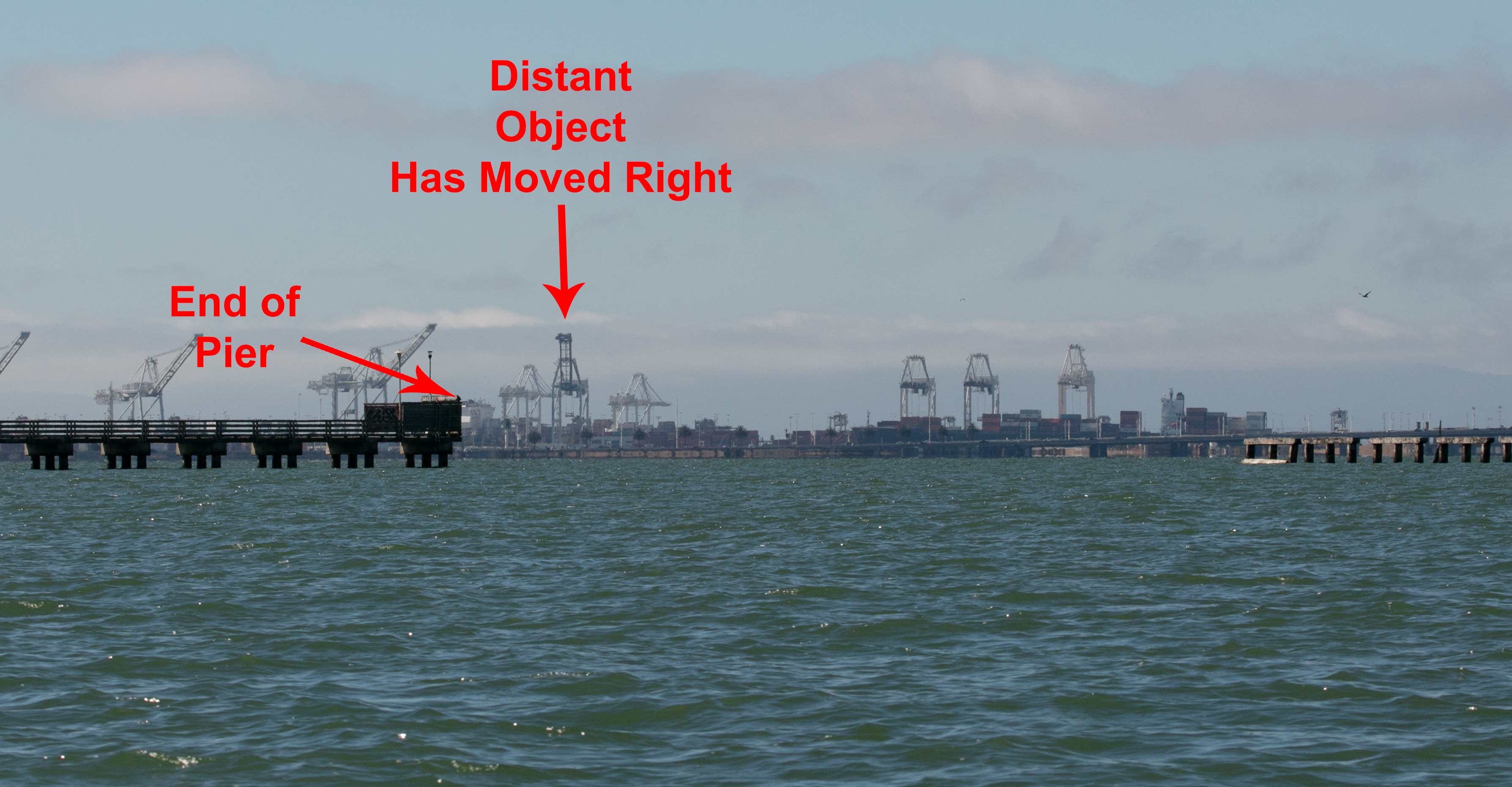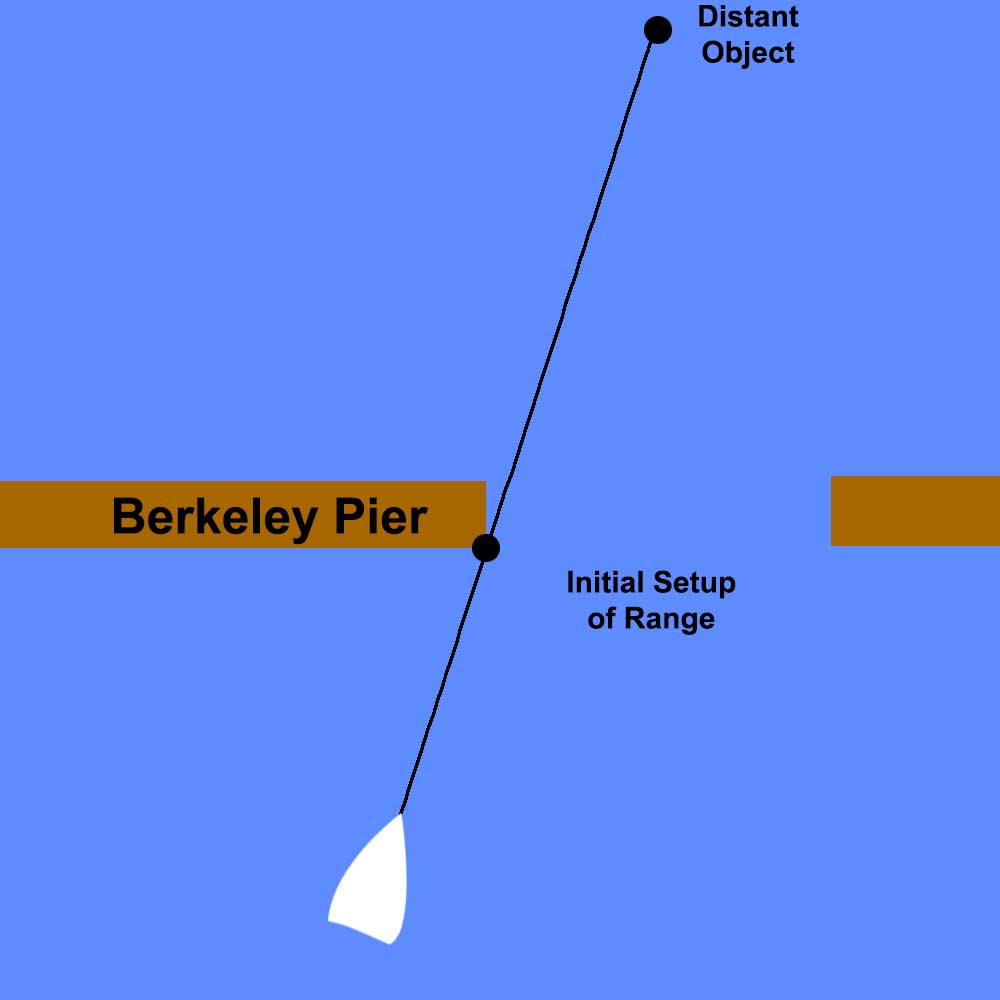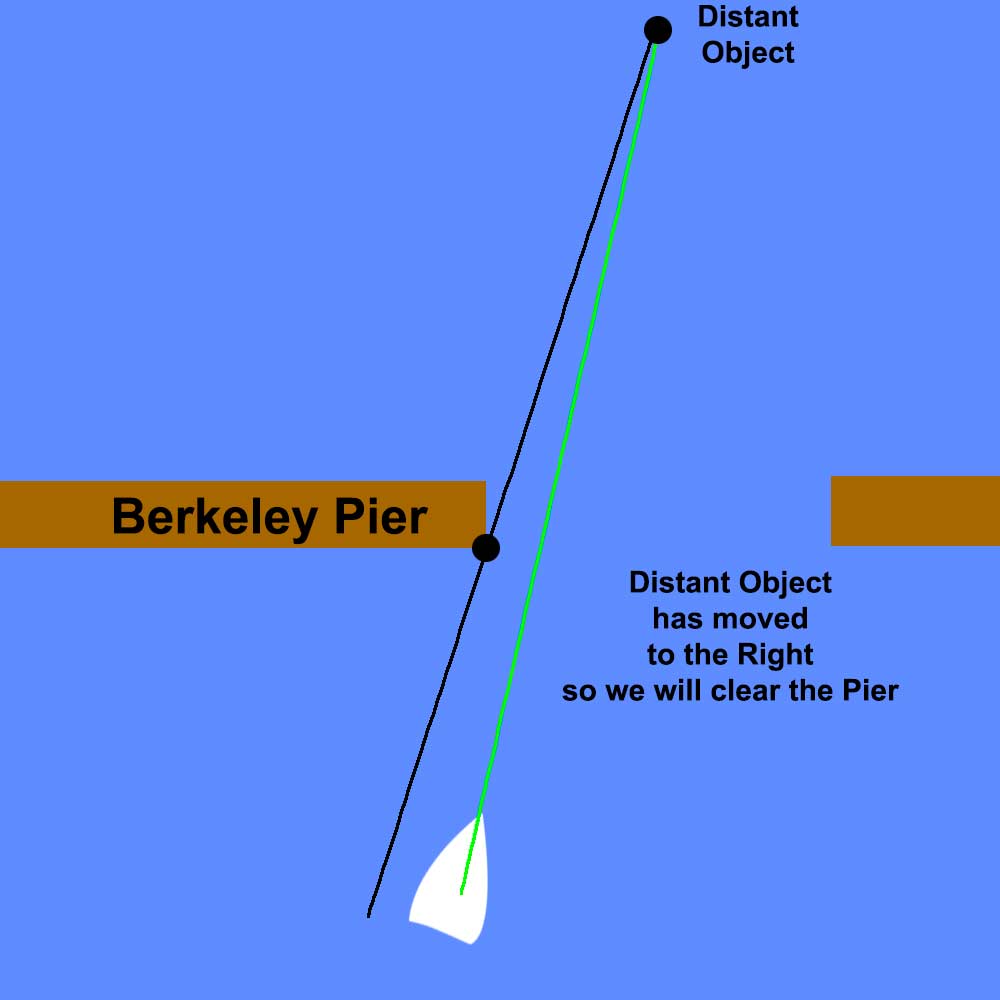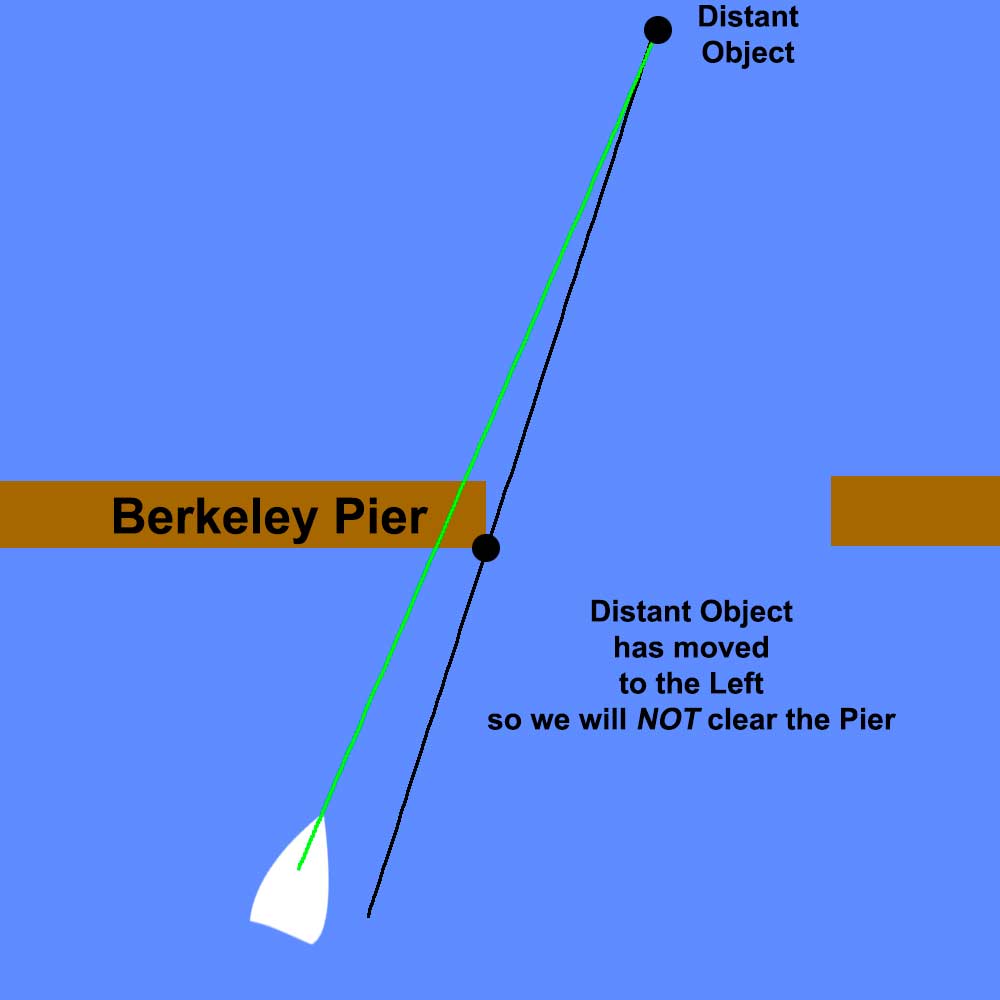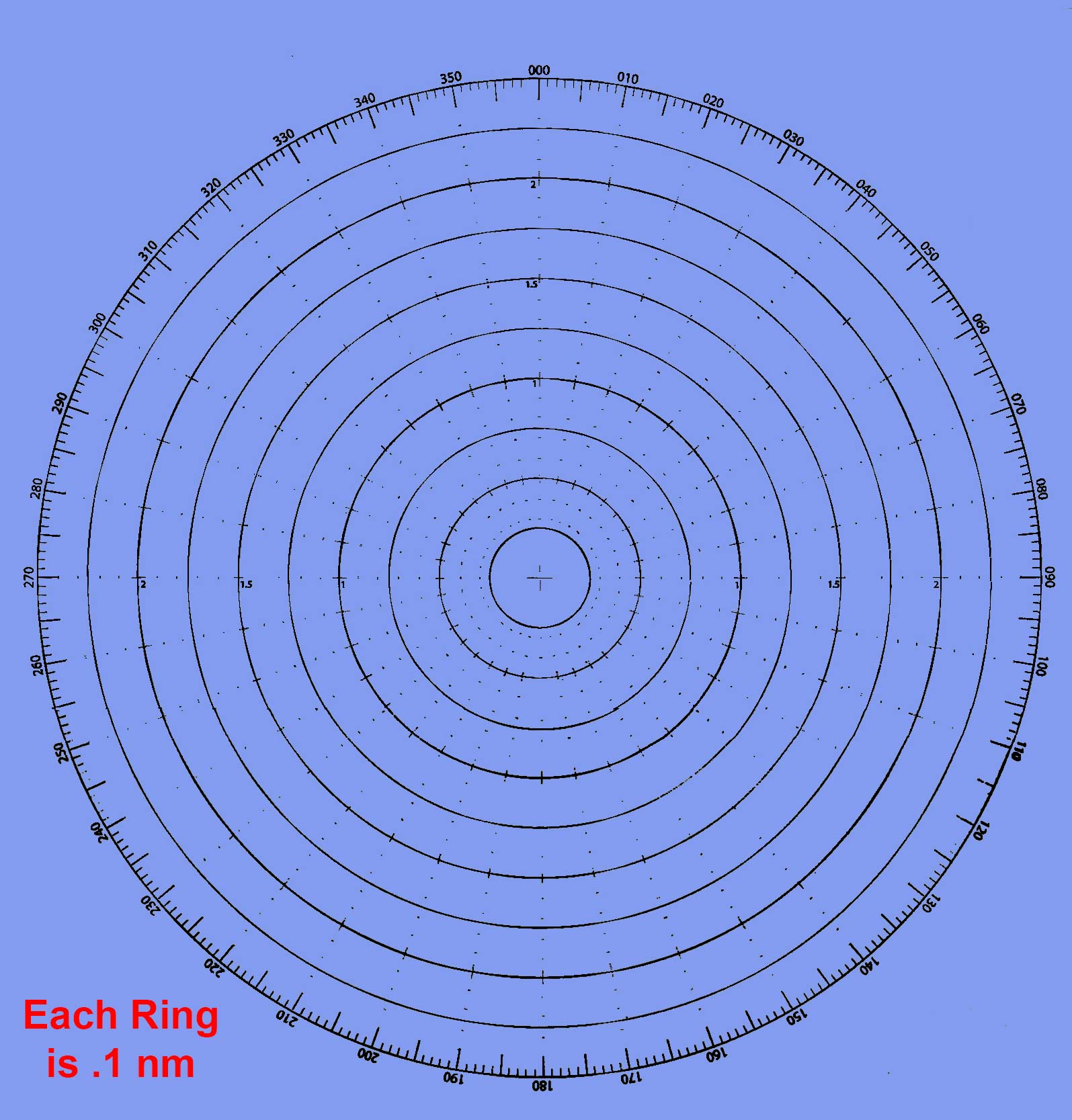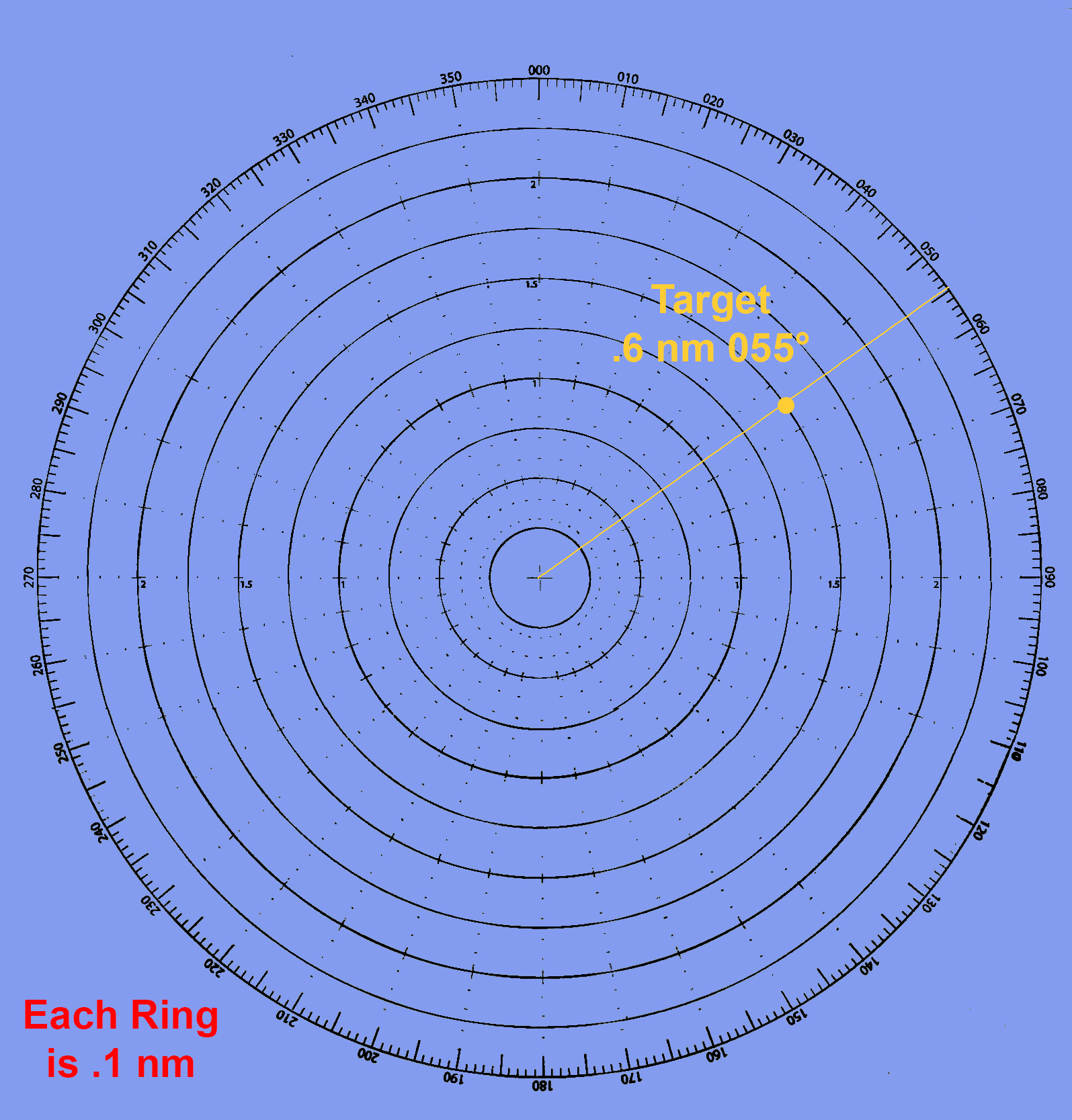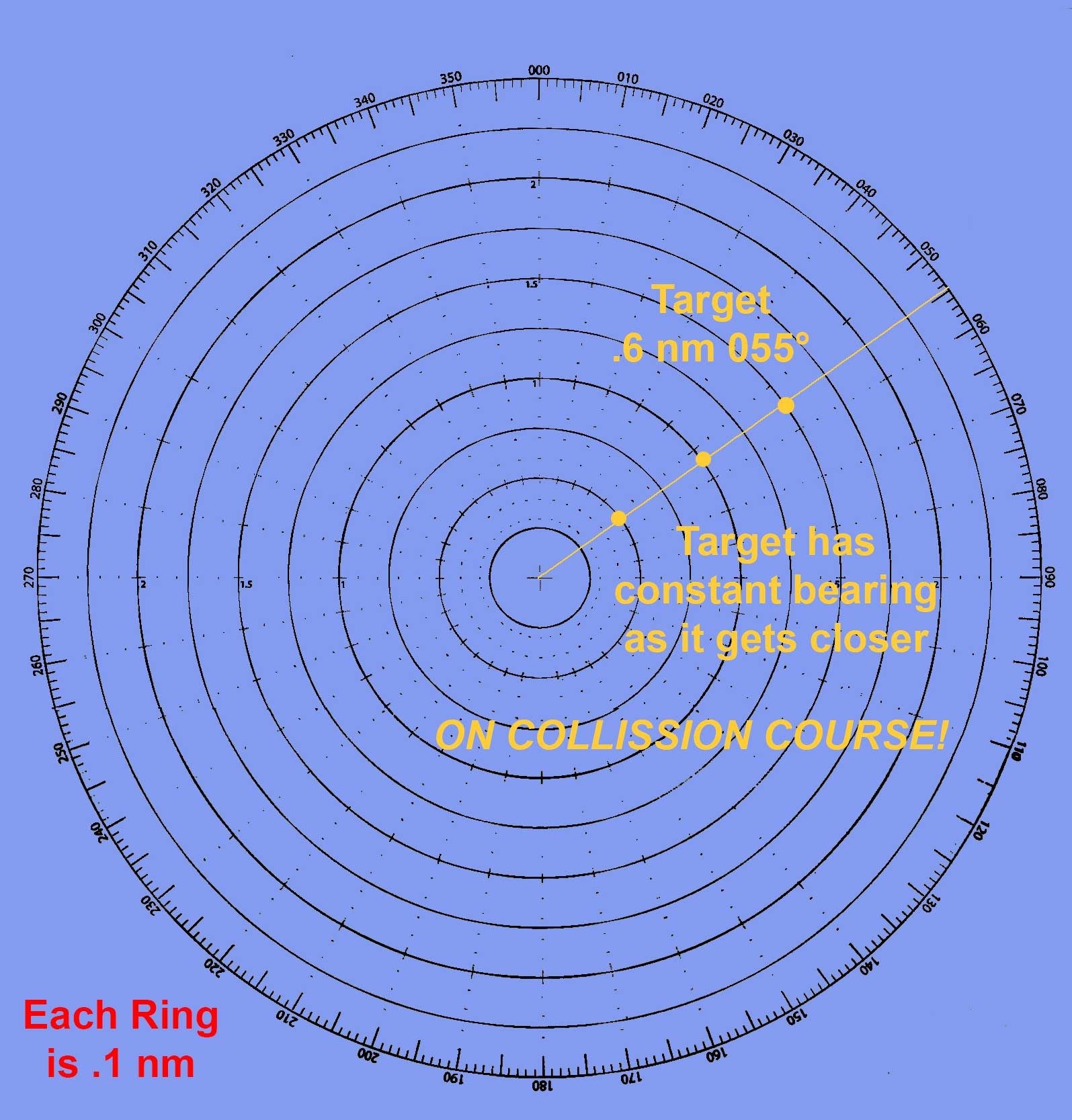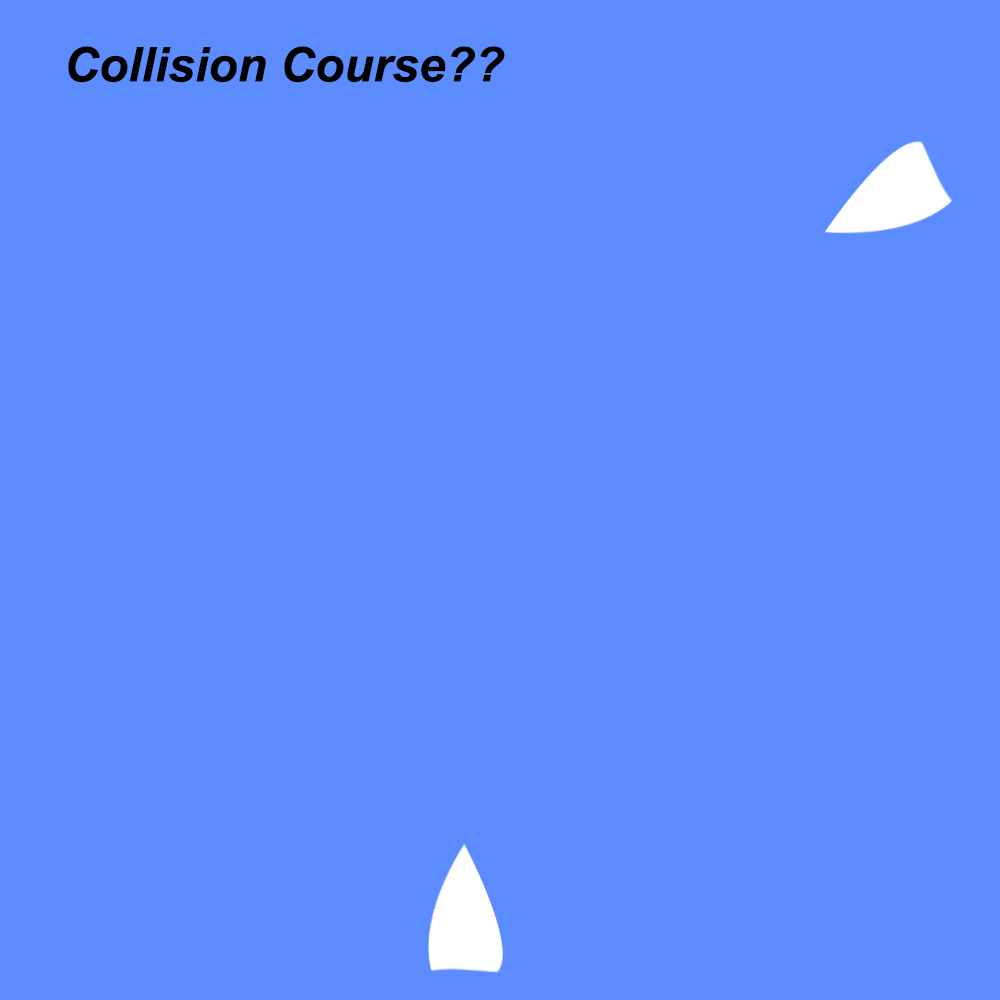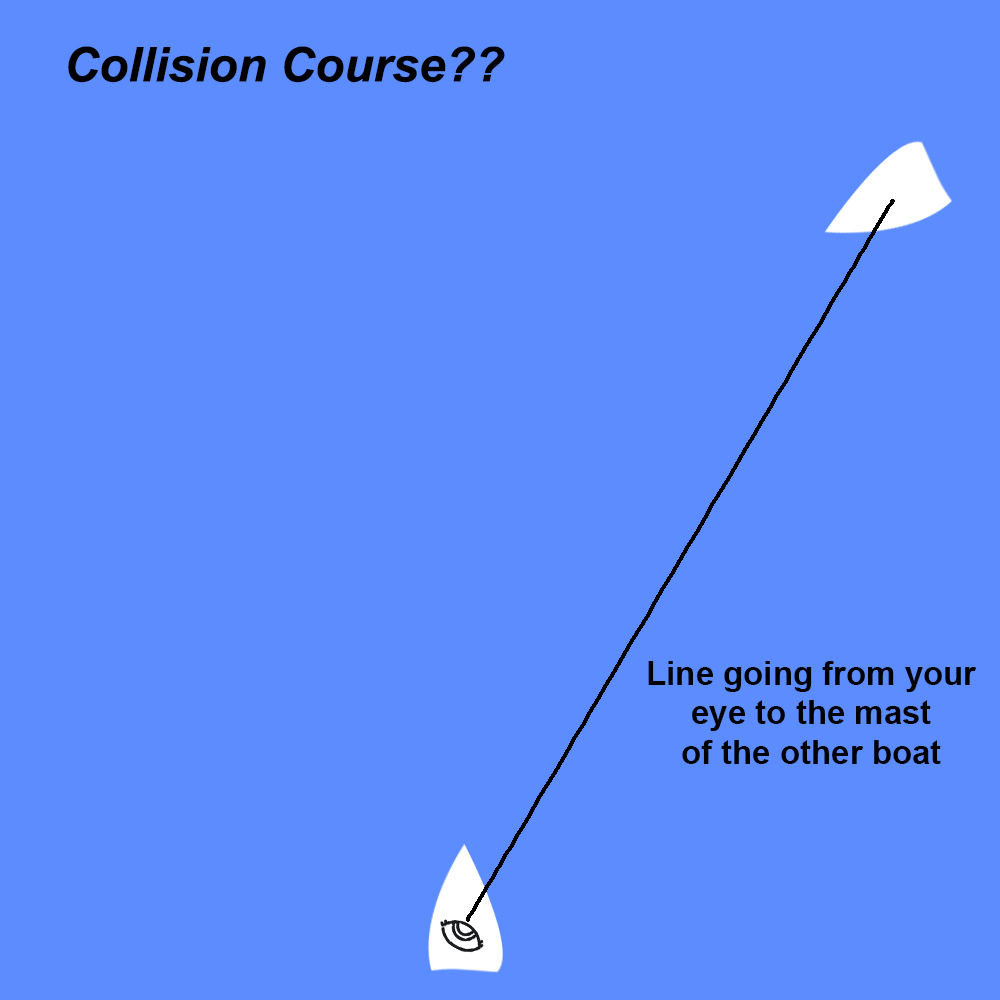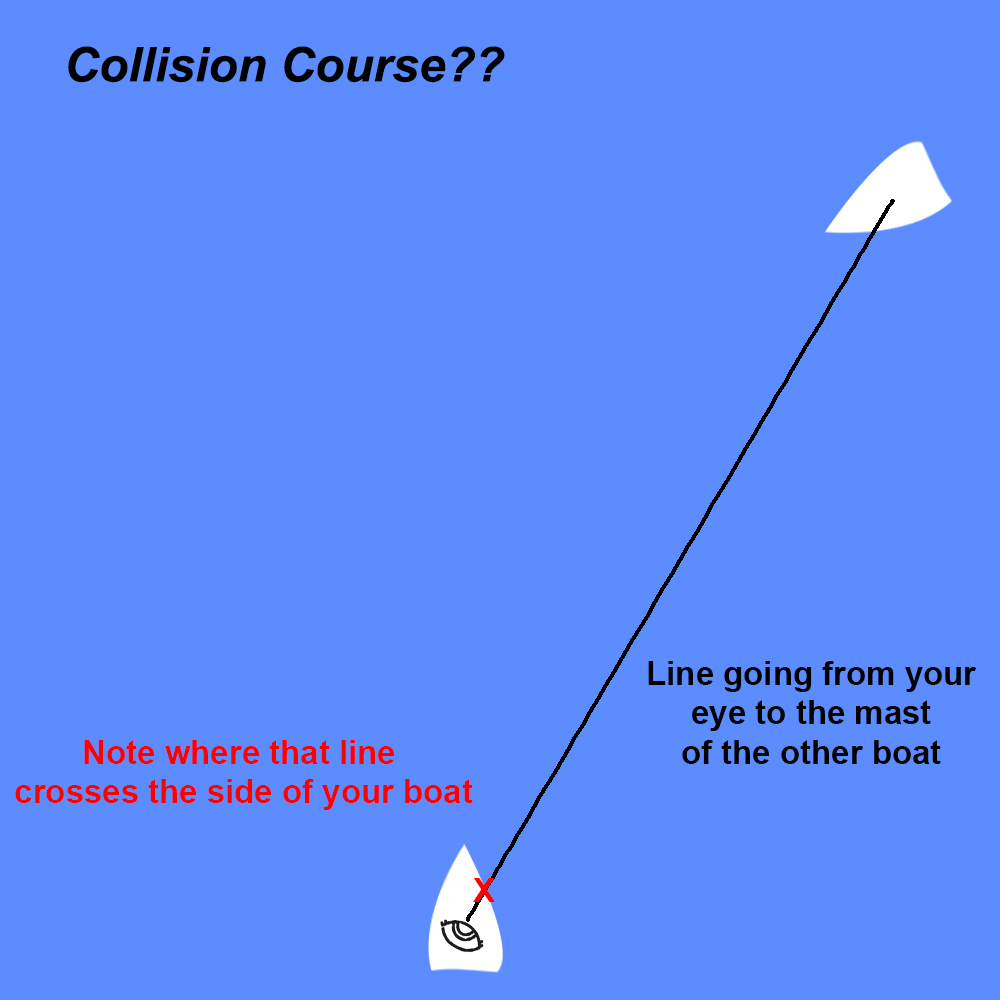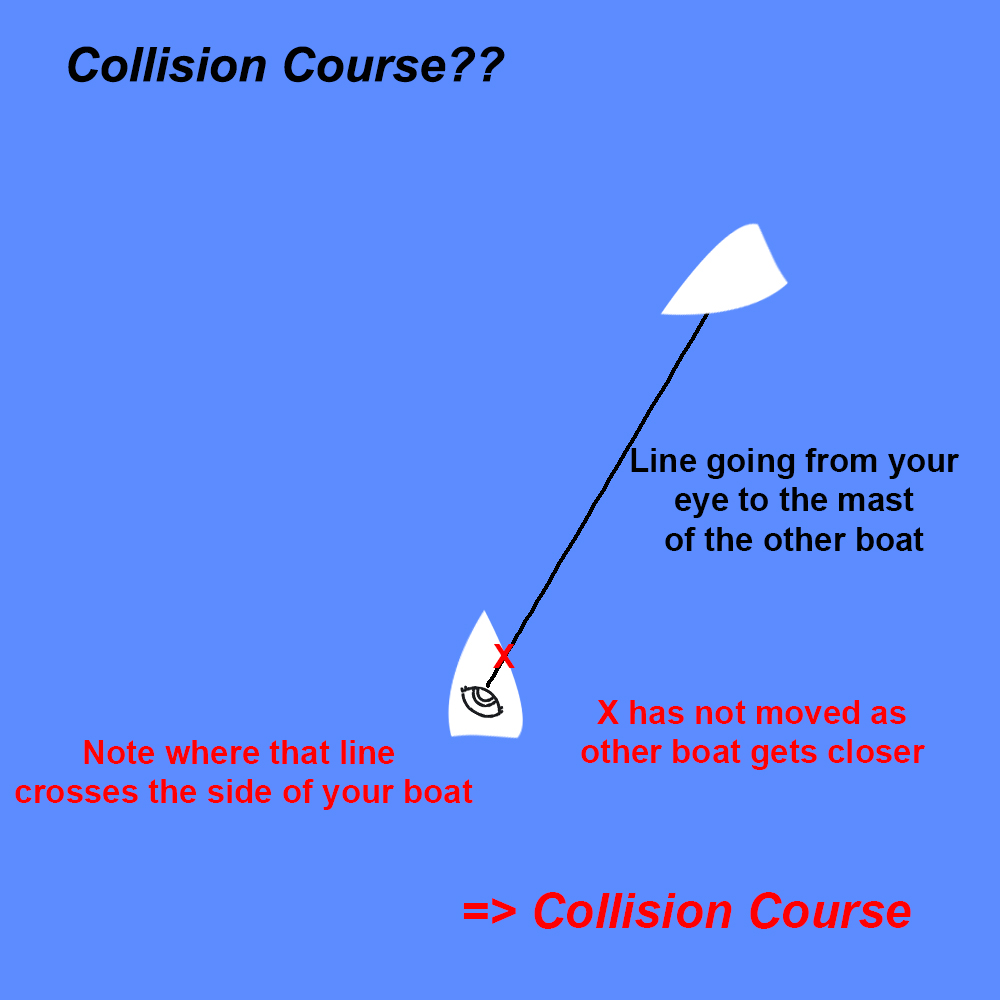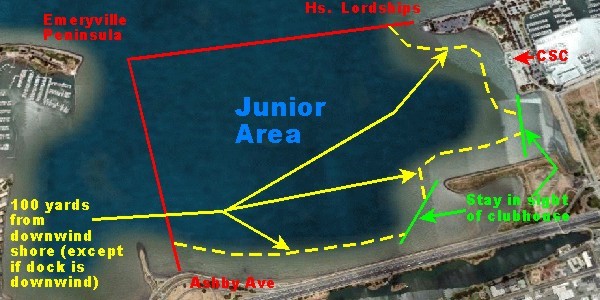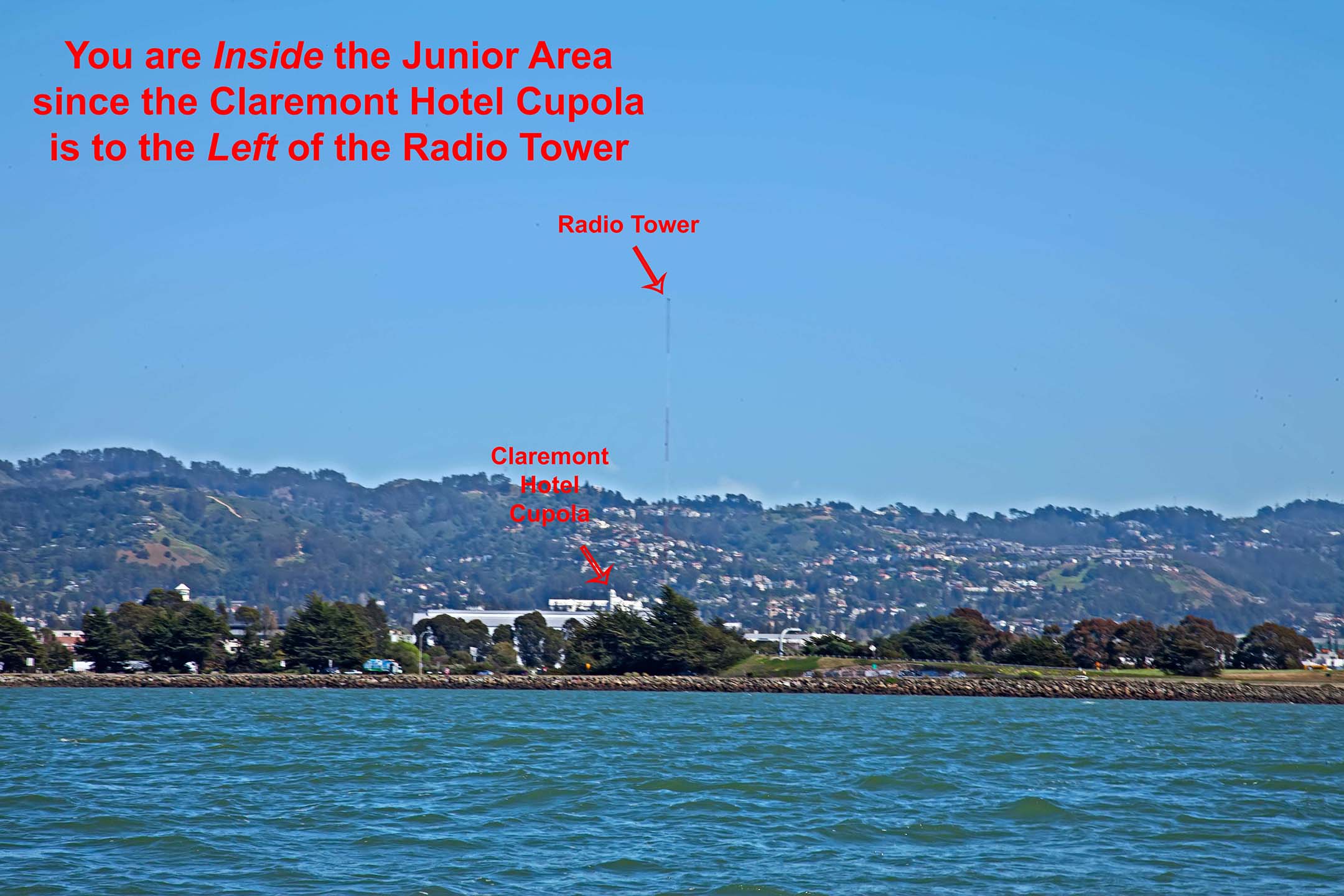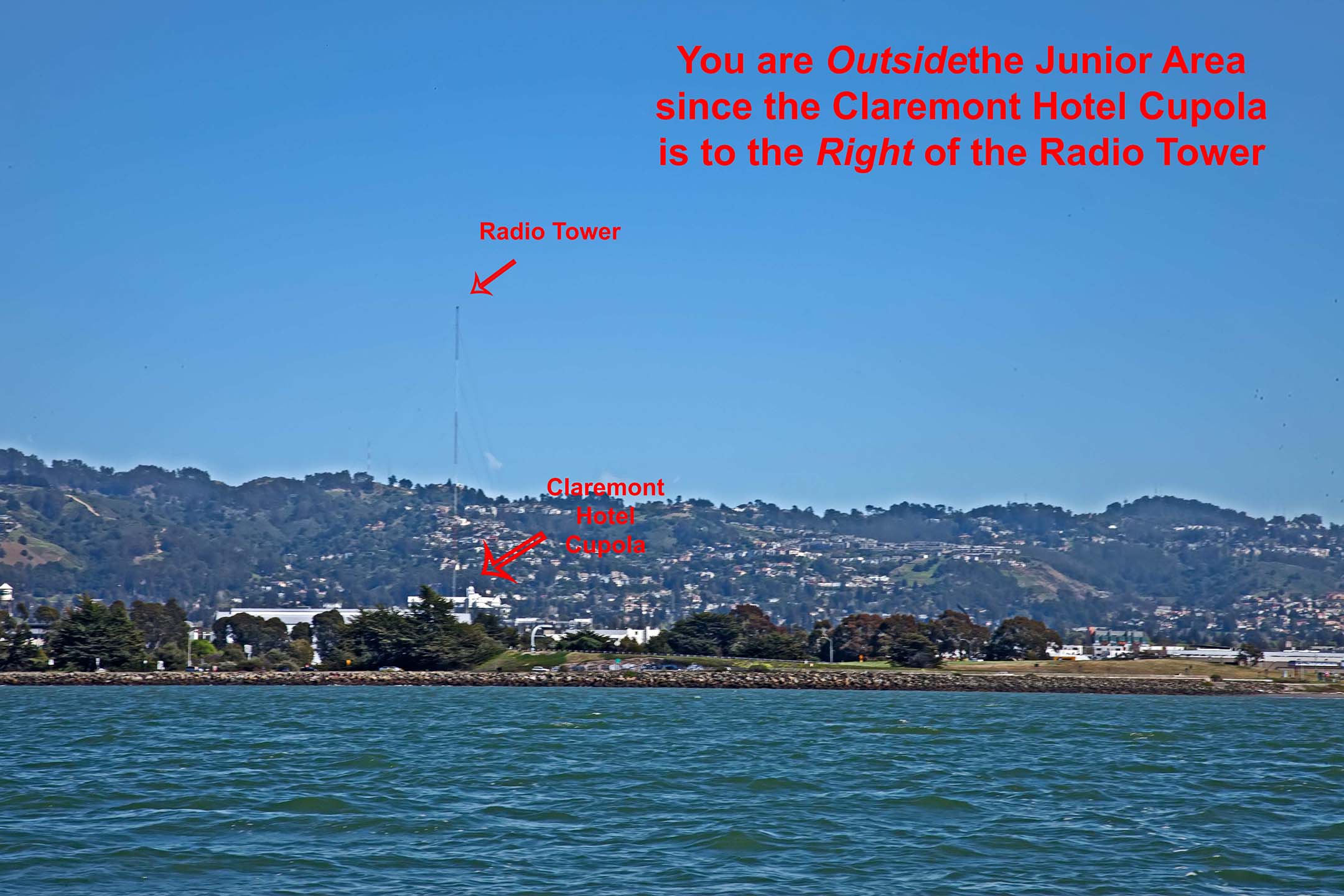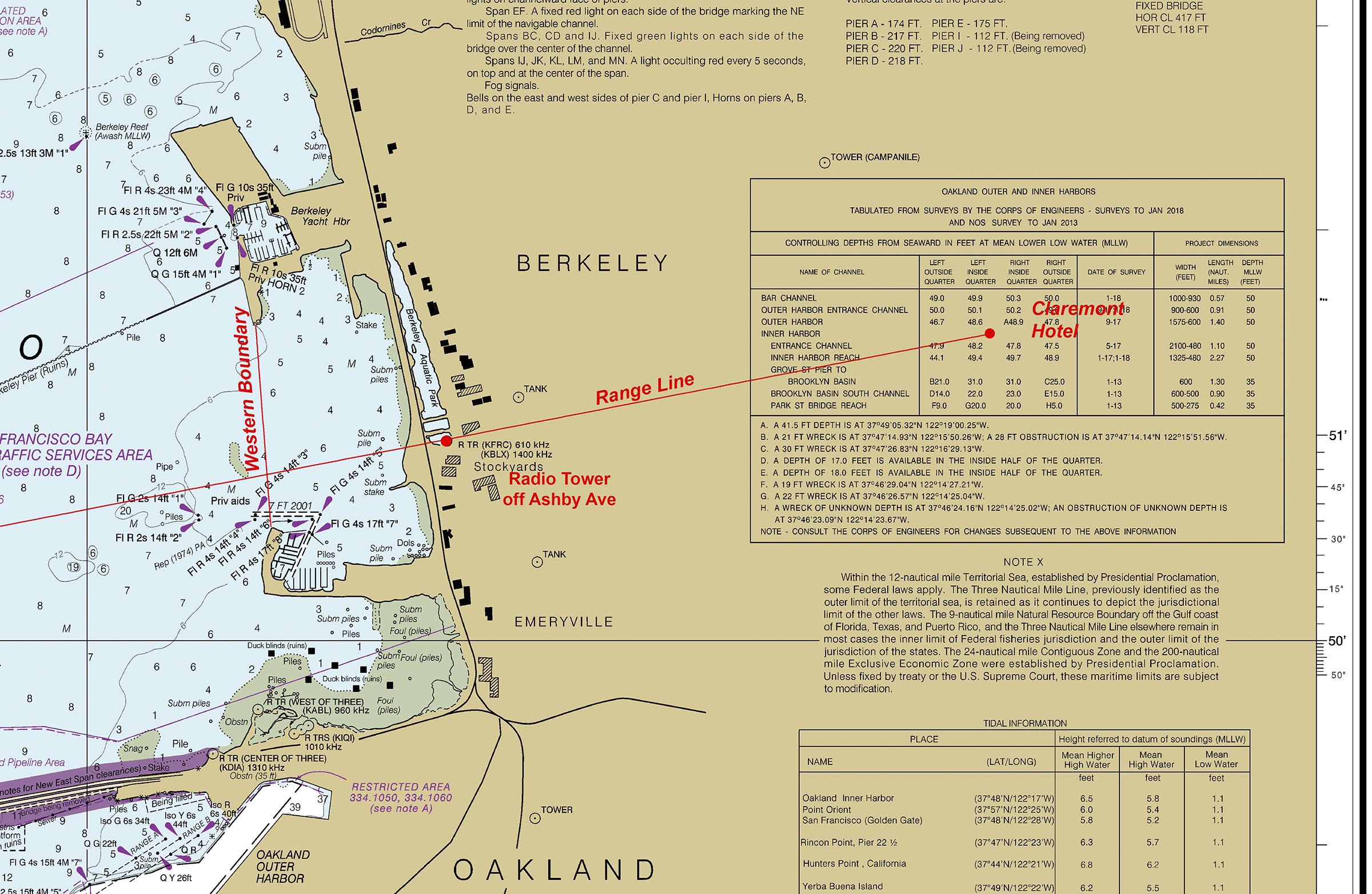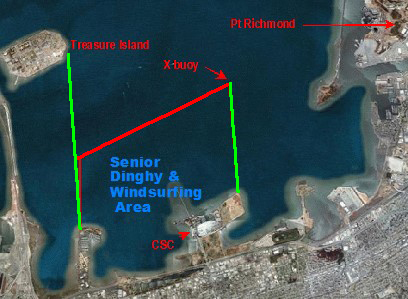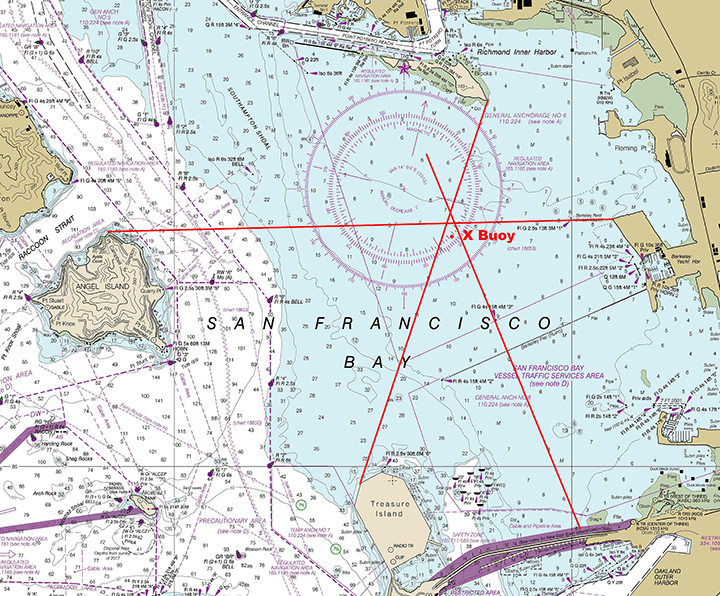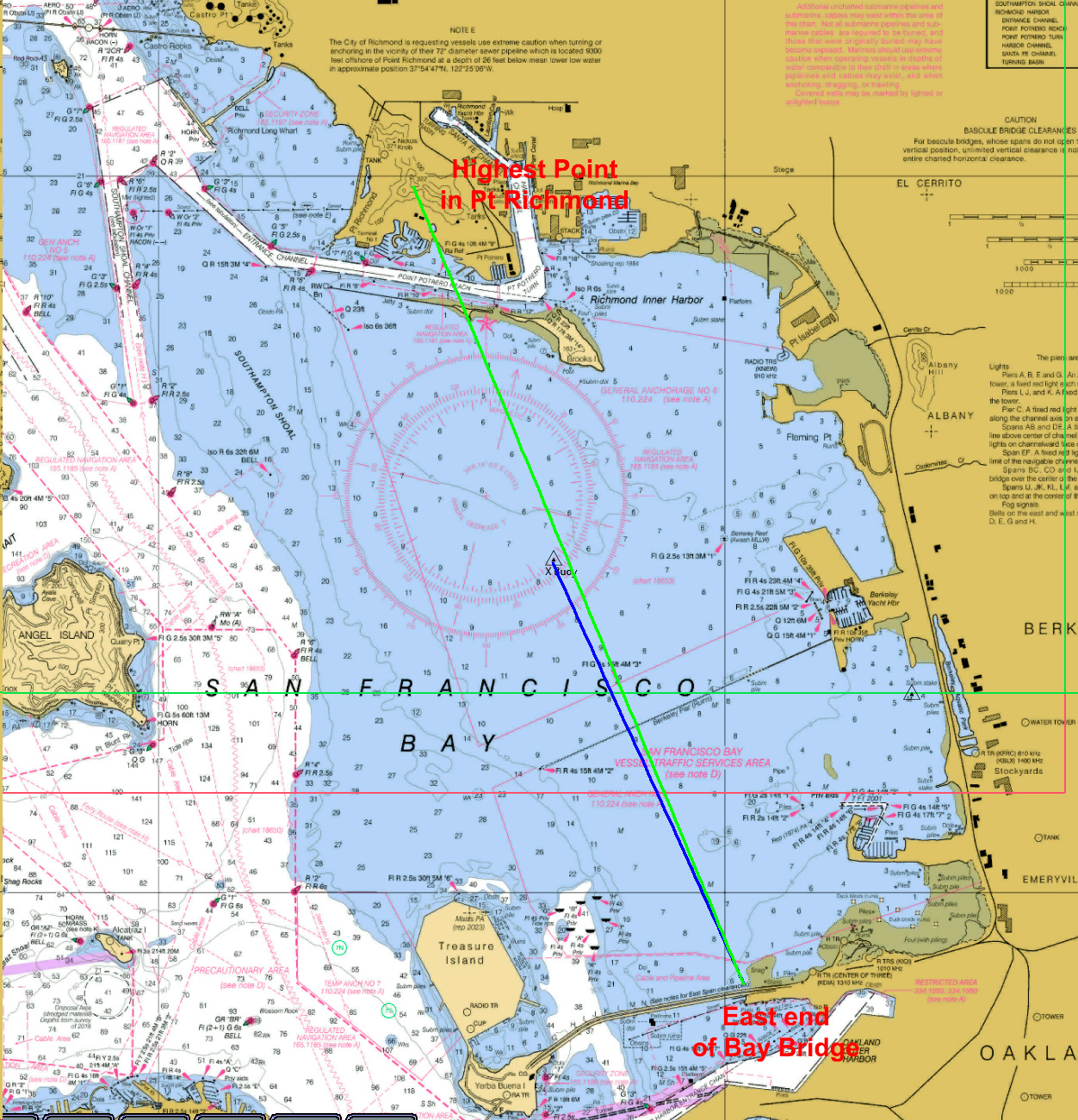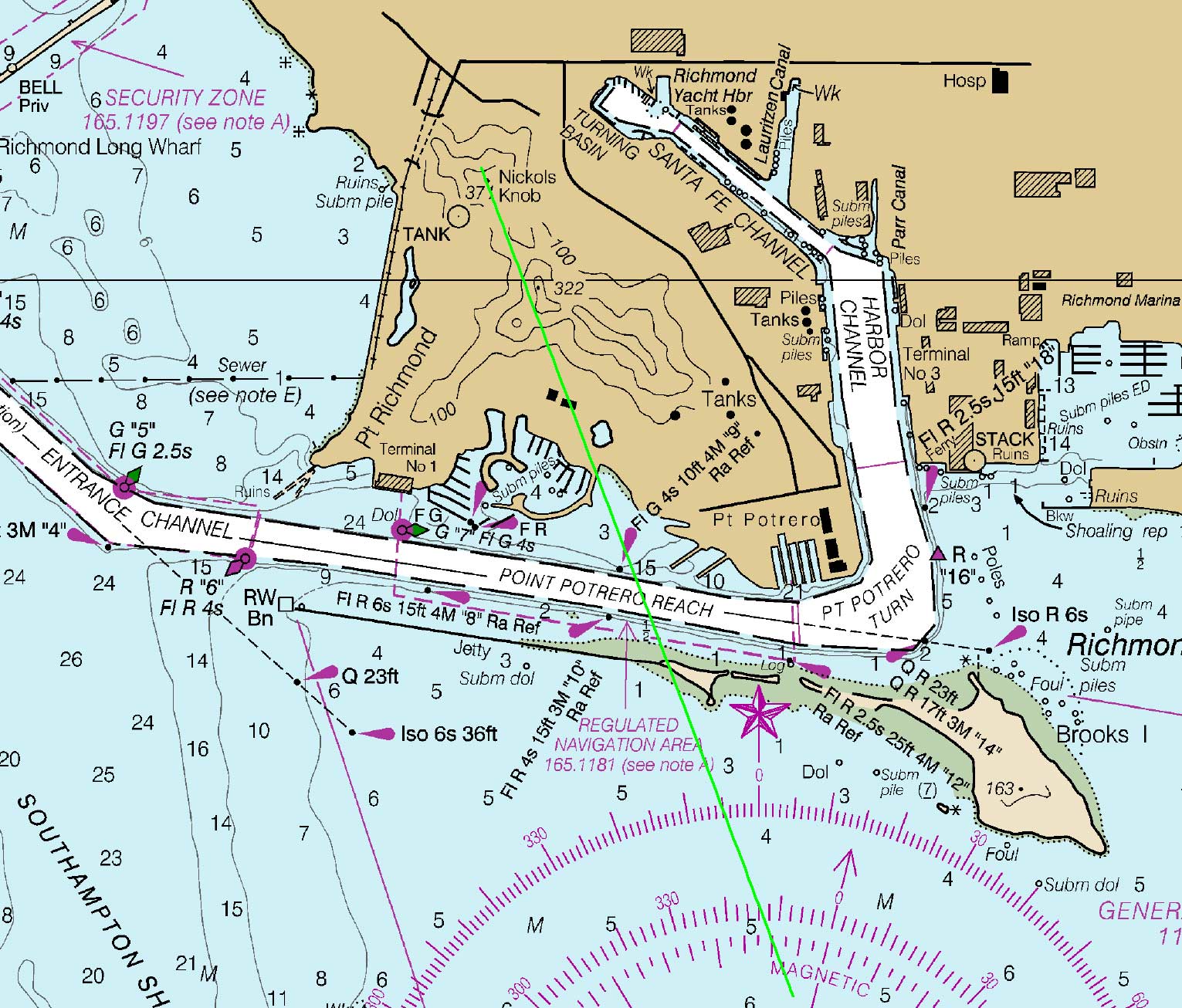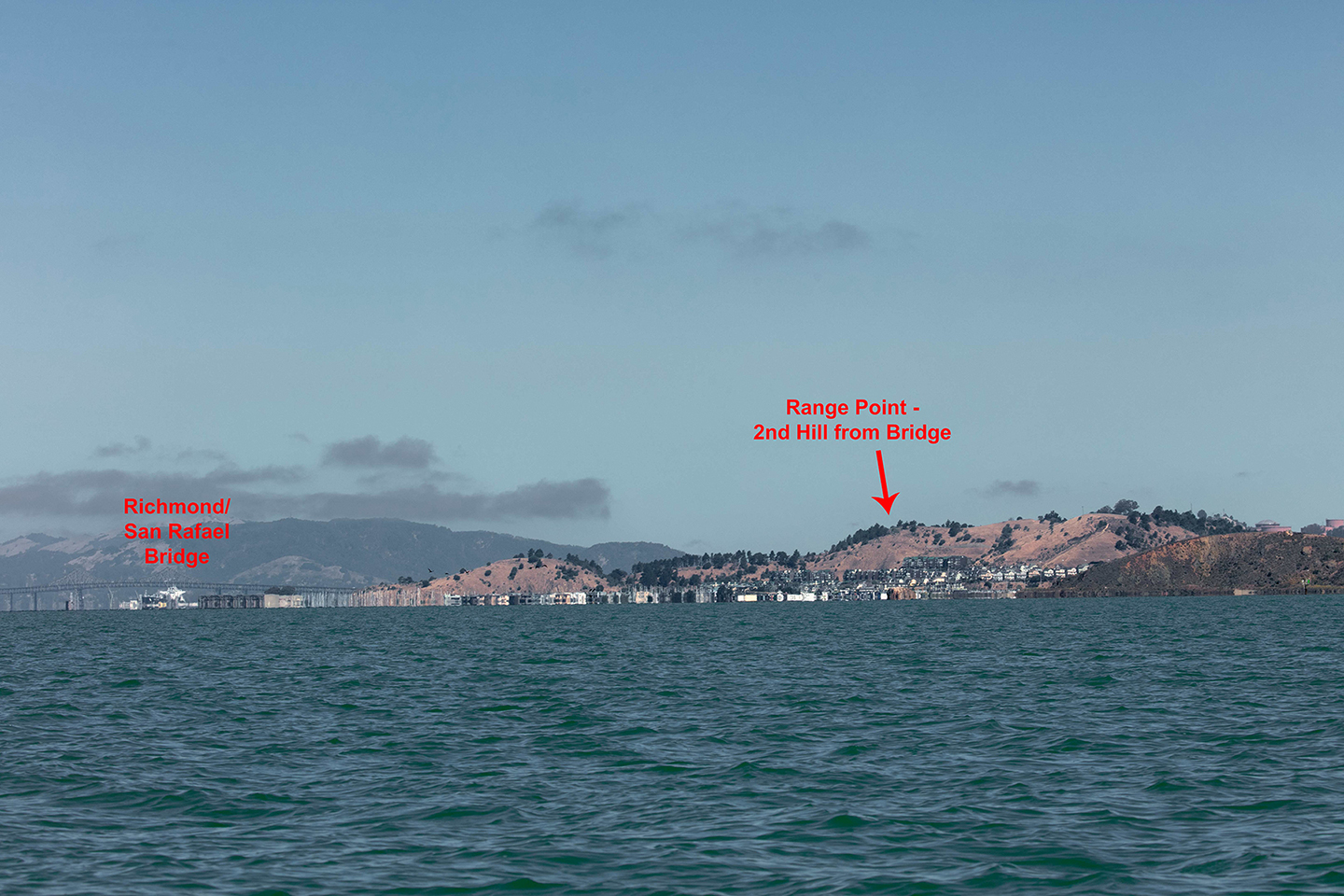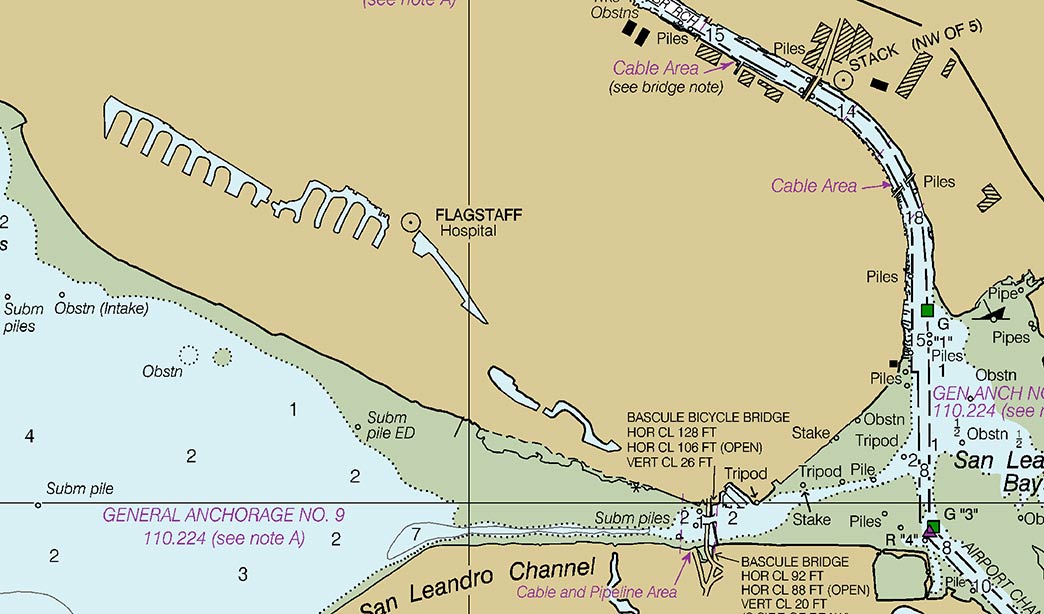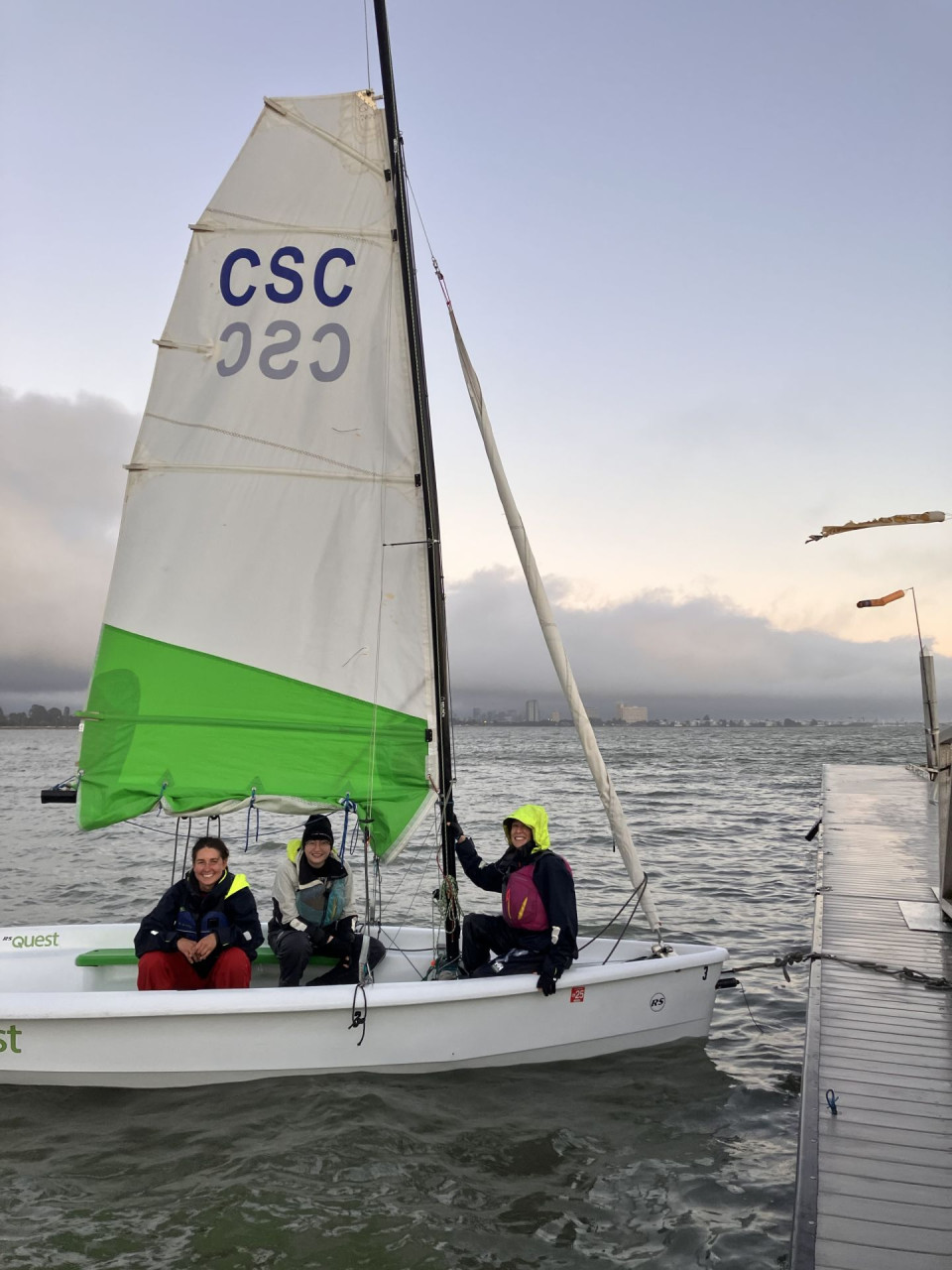
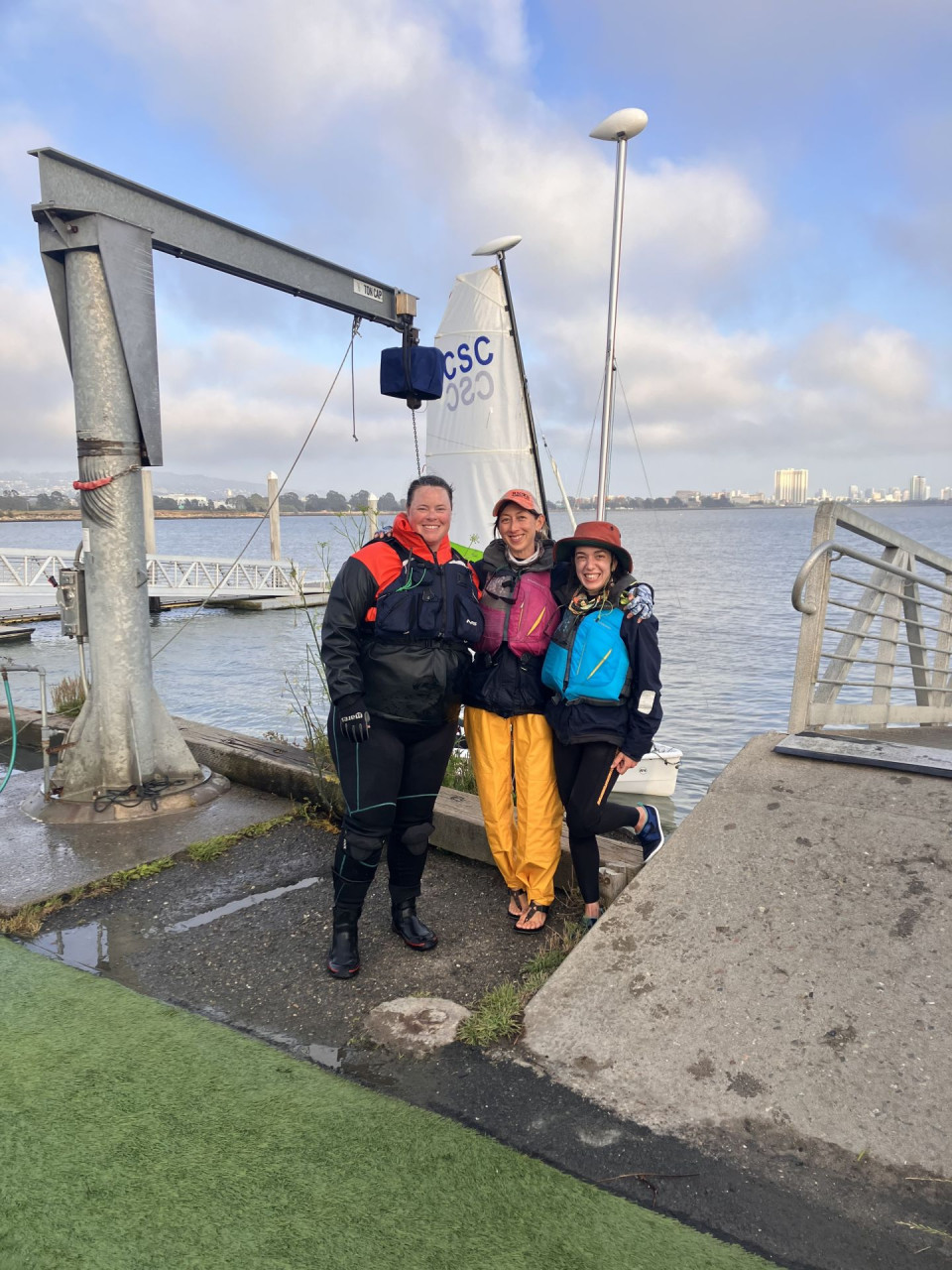
The first evening of CSC’s first-ever Women’s Fast Track was welcomed by gusts of 27 kts, bow-crushing waves, and clouds that crawled through the sky. Sixteen beginner students launched boats alongside 8 prepared instructors, and did what CSC does best: learn in gnarly conditions. I remember feeling a bit nervous watching from the shore, seeing boats tip over and right themselves, tense on my toes but cheering as tacks and gybes were made in really challenging conditions. Everyone came back with huge grins on their faces, with sea water-soaked hair, and a well-earned confidence in their abilities. The waves had been conquered. The wind hadn’t stilled anyone’s enthusiasm, and everyone showed up the next day, excited to teach and learn.
There had been a lot of preparation for this particular fast track. Everyone wanted it to go well, especially us organizers. To get ready for it and to recruit women instructors, Aradhna, Alyssa and I hosted an informal round-table where woman-identified sailors at CSC could share their experiences, challenges, and successes around teaching. One common theme came up: junior women sailors were eager to teach, but wanted additional support for how to teach before they went out on a boat with students. During that round table, more experienced instructors shared insights that helped others feel equipped with additional tools for teaching newer sailors. I came around from the round table with a better idea of the type of support we might need to make sure that every teacher at the inaugural women’s fast track felt confident, supported and prepared.
The first “teach along” was piloted the week before the Women’s Fast Track (W-FT). Because of the need to fill out a roster of women instructors, I recruited women juniors to fill a “student instructor” role. Then I found a subset of more experienced instructors for an “instructor trainer” role. For an additional pedagogical twist, I recruited novice students who the “instructor trainer” could teach, under the observation of the “student instructor.” This created an experiential, on-the-water learning environment for all three people on the boat: a student instructor, an instructor trainer, and a novice student. The instructor trainer could demonstrate instructional techniques to the novice student while the student instructor observed, asked questions and then practiced under additional guidance. We focused the first Teach Along on small circle maneuvers. John Bongiovanni led a land talk before eight boats launched from the docks, in sunny and clear conditions.
After the Teach Along, all participants shared that they felt more prepared – and more excited! – to teach at the W-FT. For every night of the W-FT, we had more than enough volunteer women instructors, likely due to both the support and the community building surrounding the first Teach Along pilot. After talking to many of the instructor trainers, they also commented that they enjoyed mentoring other instructors. It allowed them to think through how they teach, and they appreciated the questions from their mentees. I can also say that many of the novices that participated are still happily sailing at CSC, and will hopefully volunteer to instruct as they continue to progress in their sailing journey.
Like most things at CSC, new programs happen due to community collaboration. While the first Teach Along was designed to specifically recruit and support newer instructors who wanted extra support before teaching at the W-FT, it was built upon lessons learned during the previous Fast Track, FT-3. Matteson, one of the co-coordinators, identified a similar issue to the one raised during the women’s instructor roundtable: newly-minted juniors that had just passed their rating test were told that they could now teach, but they needed a bit of support, confidence and coaching. He paired them with senior instructors who could give them support to try out instructing for the first time, while still providing other fast track students with a lesson supervised by a more experienced instructor. Many of the newly minted junior women instructors from FT-3 volunteered to teach at the W-FT less than a month later, putting their new junior rating and extra instructional support to immediate use.




